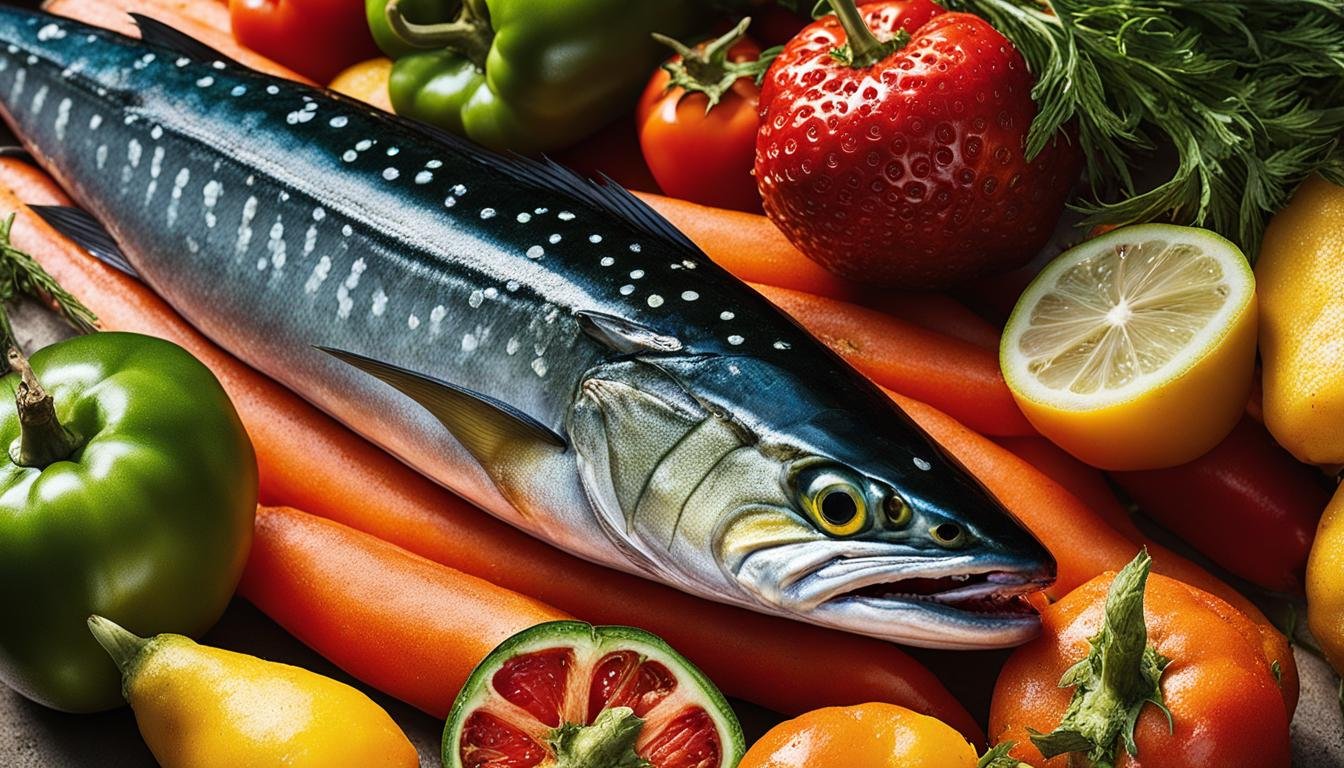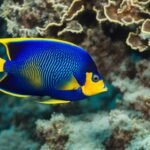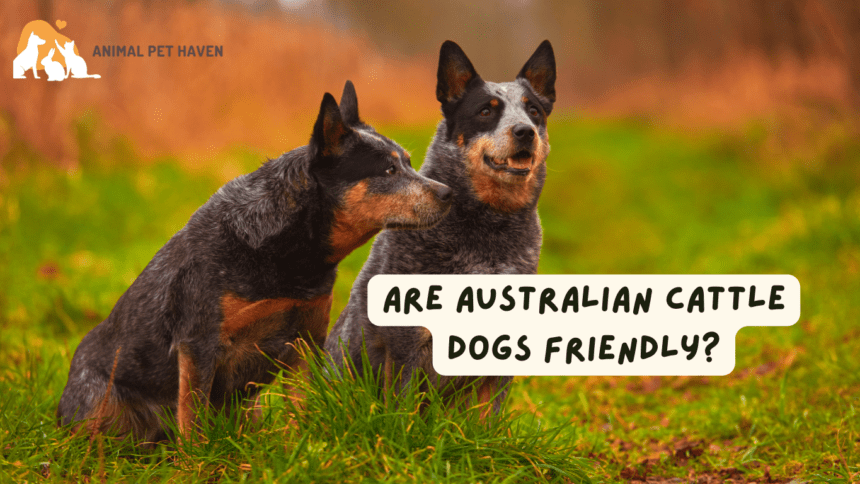Seafood lovers often wonder if king mackerel is a good fish to eat. This fish is famous for its bold flavors and nutritional benefits. It’s a top pick for both chefs and home cooks, thanks to its rich taste and health perks.
King mackerel can be cooked in many ways: smoked, grilled, or baked. This makes it a great choice for different dishes. We’ll look at why this fish is so loved for those who enjoy tasty and healthy meals. Learn why king mackerel is an excellent choice for your next dinner.
The Nutritional Profile of King Mackerel
King mackerel has a strong flavor and tough texture. This fish is more than just tasty. It has a high content of omega-3 fatty acids and proteins. These nutrients are good for the heart and diet. But, it’s important to know it has mercury because it eats other fish.
Omega-3 Fatty Acids and Heart Health
Omega-3 fatty acids are key for a healthy heart, and king mackerel is filled with them. Eating this fish can lead to many heart benefits. Omega-3 helps prevent heart problems, lowers fats in the blood, reduces high blood pressure, and slows down plaque in arteries. Adding king mackerel to your diet helps keep your heart healthy and lowers disease risk.
Protein Content and Dietary Benefits
King mackerel’s protein content is impressive. It’s a lean protein source that aids muscle repair and growth. This makes it a great pick for those who are very active. Protein helps build muscles, bones, and hormones. Eating foods rich in protein like king mackerel boosts overall health and wellbeing.
Considerations of Mercury Content
While king mackerel’s nutritional value is great, its mercury level is a downside. This big fish can have more mercury since it feeds on other fish. The FDA suggests that certain people, like pregnant women and kids, should limit how much they eat. By eating king mackerel in small amounts, you can enjoy its benefits while avoiding mercury risks.
Culinary Uses of King Mackerel

King mackerel is a top pick thanks to its rich taste and health benefits. It’s famous for its strong flavor. The fish is also loved for the many ways it can be cooked and the traditional dishes it’s used in. This makes the king mackerel a great addition to any kitchen.
We’re going to look at the best ways to cook king mackerel. Whether you’re cooking at home or professionally. We’ll see what flavors go well with it and the classic coastal dishes it’s in. Let’s dive into the good food this fish brings to the table.
Versatility in Cooking Methods
King mackerel can be cooked in many ways. It’s perfect for grilling but also tastes great when baked. When you pan-fry it, you get a lovely golden crust. Broiling it brings out its natural flavors. This fish is ideal for many different meals because it can be cooked so many ways.
Traditional Coastal Recipes Featuring King Mackerel
Many coastal dishes feature king mackerel. It shines in regional recipes that highlight its unique taste. Take the Southern smoked king mackerel dip, a favorite at parties. Or the spice-filled Caribbean blackened king mackerel. These recipes celebrate the important place this fish holds in coastal food traditions.
Pairing Flavors with King Mackerel’s Rich Taste
There are many ways to season king mackerel because of its bold taste. Its flavor goes well with strong spices and herbs. Adding citrus can balance its oily feel. Using spicy or smoky seasonings, like cayenne or paprika, adds dimension. Herbs like dill or parsley bring out its best tastes without covering them up.
- Grilling – perfect for outdoor barbecues and infuses a smoky flavor.
- Baking – a healthier option that locks in moisture for a tender result.
- Broiling – quick and effective, it produces a beautifully browned surface.
- Pan-frying – creates a crispy texture that’s irresistible.
| Cooking Method | Texture | Flavor Profile |
|---|---|---|
| Grilling | Smoky, firm | Enhanced natural flavor |
| Baking | Moist, flaky | Subtle, retains natural oils |
| Broiling | Browned, crispy exterior | Concentrated, robust |
| Pan-Frying | Golden crust, tender interior | Rich flavor with a hint of butteriness |
Looking at the culinary uses of king mackerel shows us a world of flavors and traditions. It offers a sea of options for anyone wanting to try this sea treasure in their dishes.
Sustainable Fishing and King Mackerel Conservation
The ocean’s riches are not infinite, and this includes king mackerel. The fish has become highly sought-after in commercial and recreational fishing. This surge in popularity highlights the vital need for sustainable fishing methods and solid conservation plans. It’s crucial to follow regulations set by NOAA Fisheries. This ensures we have healthy stocks of king mackerel for the future.
Regulations by NOAA Fisheries
The National Oceanic and Atmospheric Administration (NOAA Fisheries) is at the forefront of preserving marine life. Their role includes setting regulations to safeguard king mackerel stocks. These rules promote sustainable fishing and include size limits to protect young, unreproduced fish. Bag limits also exist to reduce overfishing by capping the number of fish one can catch.
The Impact of Recreational Fishing on King Mackerel Stocks
Recreational fishing plays a big role in the health of king mackerel stocks, more than many realize. Anglers love the sport, but it’s important to fish responsibly. Following catch limits and seasons, and doing catch-and-release, helps conservation efforts. Every fish that is released back helps ensure the species’ prosperity for coming years.
- Following NOAA Fisheries rules is key to keeping our marine ecosystems balanced.
- Anglers help conservation by knowing and practicing the latest sustainable fishing rules and techniques.
- Realizing how fragile king mackerel stocks are is the first step to responsibly enjoy recreational fishing, ensuring a future for the species.
Comparison with Other Mackerel Species

The ocean is filled with many types of mackerel, each different in its own way. Among them, the king mackerel is notable, often compared to relatives like the Spanish mackerel and cero mackerel. Knowing how these fish relate and differ is key for those who love food and the sea.
Spanish Mackerel vs King Mackerel
King mackerel and Spanish mackerel have some clear differences. For instance, Spanish mackerel has a milder taste. It’s also smaller, which changes how you might cook it. Here’s a quick comparison:
| Feature | King Mackerel | Spanish Mackerel |
|---|---|---|
| Size | Larger | Smaller |
| Flavor | Rich and strong | Milder |
| Texture | Firm and oily | Softer with lower oil content |
| Culinary Uses | Grilling, Smoking, Searing | Grilling, Frying, Salads |
Cero Mackerel and Its Relationship with King Mackerel
Cero mackerel and king mackerel like the same environments and move similarly throughout the year. While they share habitats, cero mackerel has unique vertical stripes. Its taste is a middle ground between king mackerel and Spanish mackerel.
- Shared Habitat: Tropical and subtropical waters
- Similar Migratory Patterns: Seasonal movements along coastlines
- Distinct Markings: Cero has yellow stripes; King has none
- Flavor Comparison: Cero mackerel offers a medium-strong taste
The king mackerel stands out in the ocean’s variety. It, along with the Spanish mackerel and cero mackerel, shows the sea’s depth of diversity. Recognizing their differences makes us value what the ocean offers, whether for a special meal or the excitement of fishing.
King Mackerel’s Habitat and Migratory Patterns
The king mackerel is a mysterious yet captivating creature. It draws interest for its habitat and complex migratory patterns. Both fishing enthusiasts and experts aim to understand these patterns to predict where the fish will be.
King mackerel love the warm, coastal waters of the western Atlantic Ocean. This extends down to the Gulf of Mexico. They prefer warm surface waters and often stay close to shore. Here, they find plenty of food.
The migratory patterns of king mackerel change with the seasons. In summer, they move north as the water heats up. In winter, they head south seeking warmer waters again.
| Season | Location | Activity |
|---|---|---|
| Summer | Northward | Migration and active feeding |
| Winter | Southward | Migration towards warmer waters |
| Spring/Fall | Coastal areas | Spawning and feeding |
Knowing their migratory patterns helps both commercial and sport fishermen. It lets them find king mackerel more easily. It also encourages fishing methods that protect the species’ life cycle. This helps preserve their habitat for the future.
King Mackerel: Fishing Techniques and Best Practices
Catching king mackerel is a thrilling experience for sport fishing fans. To be successful and fish responsibly, you need to learn specific techniques and practices aimed at these powerful fish. Knowing king mackerel’s habits and using the right lures and baits will make your fishing trips better. This also helps keep the sport going strong for future generations.
Effective Lures and Baits for King Mackerel
Fishing for king mackerel combines patience with choosing the right lures and baits. What bait you use can greatly affect your success. Anglers often use live baits like squid, sardines, and blue runners to catch the fish’s attention. But artificial lures, including spoons and jigs, can also work well. Here, we’ll share the best lures and baits to use.
| Type | Name | Description | Best Used |
|---|---|---|---|
| Live Bait | Squid | Recognized for their movement and scent | Drifting or slow trolling |
| Live Bait | Sardines | High oil content, very attractive to king mackerel | Free-lining or kite fishing |
| Live Bait | Blue Runners | Hardy, capable of enduring longer on the hook | Trolling |
| Artificial Lure | Silver Spoons | Emulates the flash of baitfish under sunlight | Casting or trolling |
| Artificial Lure | Diving Jigs | Sink quickly, imitating injured baitfish | Vertical jigging |
Tips for Sport Fishing King Mackerel
Sport fishing for king mackerel requires lots of tips and tricks to be successful. You need the right equipment and tactics. One key is to fish where there are lots of baitfish, as king mackerel will be nearby. Strong gear is important to handle the powerful strike of a kingfish. Knowing when they feed can help you plan the best time to fish. Here are some essential tips for catching more king mackerel:
- Use a trolling speed that keeps the bait moving and enticing but gives king mackerel time to strike.
- Employ downriggers to maintain bait at depths where king mackerel are schooling.
- Deploy outriggers when trolling to spread your lines and reduce the chance of tangling while increasing your coverage area.
- Always stay aware of local fishing regulations and size limits to practice responsible fishing.
- Consider the use of circle hooks and de-hooking tools for a more sustainable catch-and-release experience.
Conclusion
As we conclude our journey with king mackerel, it stands out as more than just food for fish lovers. It’s packed with omega-3 fatty acids and protein, making it great for your health. These ingredients help keep your heart healthy and repair muscles. So, king mackerel is not only tasty but also good for you.
But, we must be careful about mercury in king mackerel. People, especially pregnant women and kids, should limit how much they eat. By doing this, we enjoy its benefits without the risks. This careful approach is good for our health and helps protect these fish for the future.
Learning about king mackerel’s taste, where it lives, and how to fish it sustainably makes our meals richer. This knowledge lets us enjoy its flavor while caring for the ocean. To sum up, with the right choices, king mackerel is a delicious and healthy food that also supports taking care of the environment.
FAQ
Is king mackerel a good fish to eat?
King mackerel is a tasty fish with many health benefits. It’s full of omega-3 fatty acids, which help keep your heart healthy. It’s also a great source of protein. But, you should eat it in moderation because of its mercury content. This is especially true for pregnant women and kids.
What is the nutritional profile of king mackerel?
King mackerel stands out for its nutrition. It’s loaded with omega-3 fatty acids good for the heart. Plus, it offers plenty of protein, vitamins, and minerals. Yet, as a bigger fish, it has mercury. So, enjoy it in moderation.
How can king mackerel be cooked?
You can cook king mackerel in many tasty ways. Try grilling, baking, broiling, or pan-frying it. It’s often in coastal dishes that show off its rich taste. Use citrus, spices, or strong flavors that go well with it.
What are the conservation efforts for king mackerel?
Protecting king mackerel for the future means using sustainable fishing methods. NOAA Fisheries has rules to keep king mackerel numbers healthy, like size and bag limits, and closed fishing seasons. Anglers should follow these rules and practice catch-and-release when it’s recommended.
How does king mackerel compare to other mackerel species?
King mackerel is a member of the mackerel family, which also has Spanish and cero mackerel. Spanish mackerel is usually milder and smaller. Cero mackerel lives in similar places and moves around like king mackerel.
What are the habitat and migratory patterns of king mackerel?
King mackerel live near the Atlantic Ocean and Gulf of Mexico coasts. They love warm waters and move based on water temperature changes. During migration, they’re often close to the shore and near the water’s surface.
What are the best fishing techniques for king mackerel?
For king mackerel, good lures and baits are live squid, sardines, or blue runners. When fishing for them, find places with lots of baitfish, use the right gear, and learn their feeding habits. Also, follow local rules and fish responsibly to help keep their population stable.
What is the summary of king mackerel?
In short, king mackerel is a flavorful and healthy fish. It offers omega-3 fatty acids and protein. But, remember its mercury content and eat it wisely. By knowing how to cook it, and supporting conservation and proper fishing, you can enjoy king mackerel’s benefits and help protect it too.













